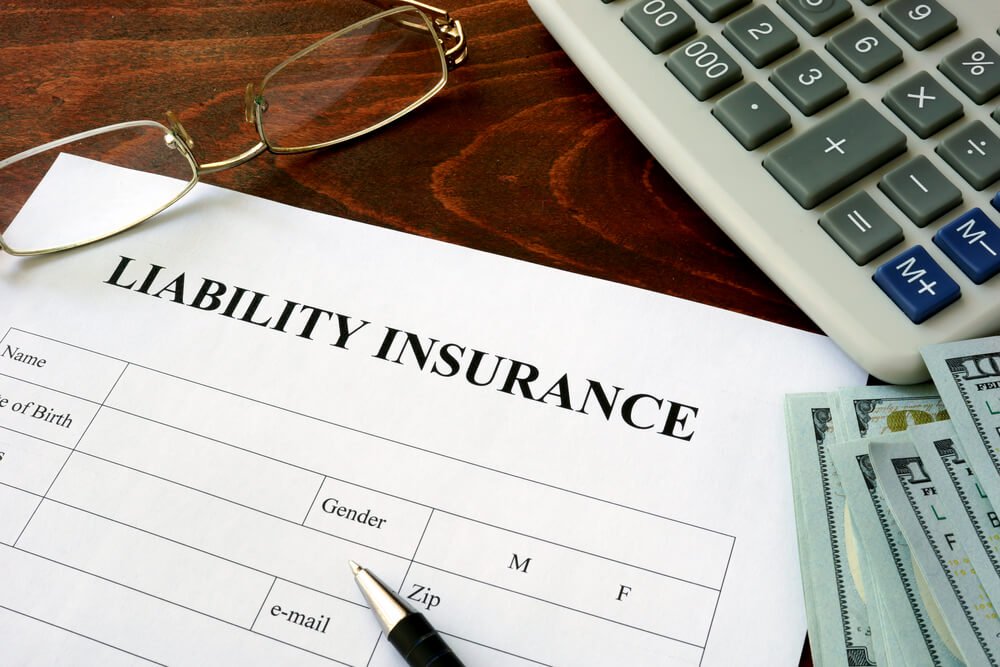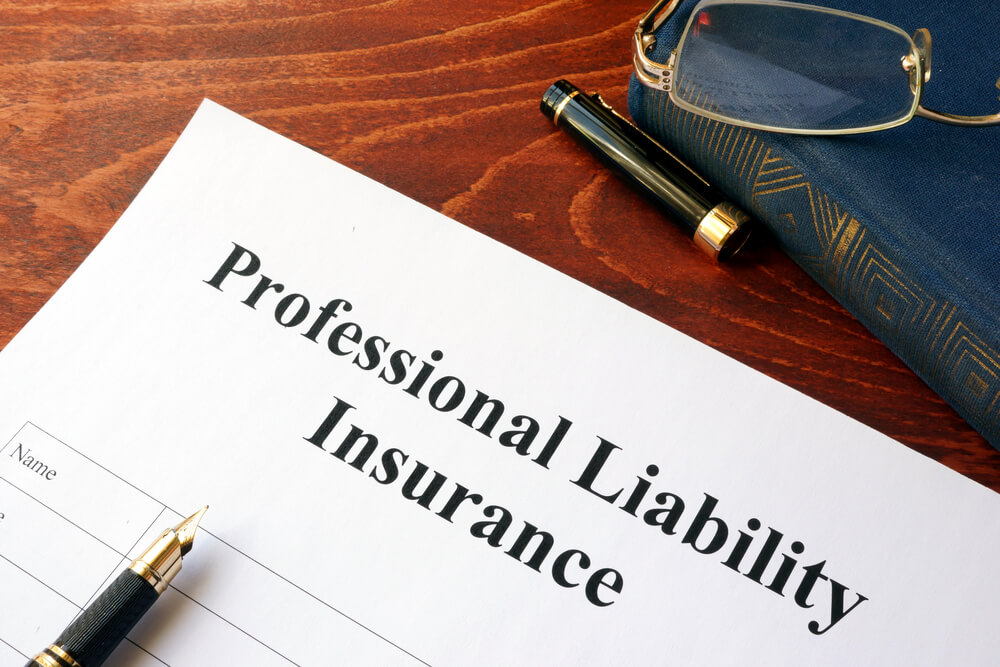Table of Contents:[hide]
What Is Full Coverage Car Insurance in California?
Car insurance can feel complicated sometimes, even from a great company like Pronto Insurance. What do you want your insurance to cover? What requirements are necessary to get full coverage insurance? Answering these two questions goes a long way toward ensuring you have the coverage you need at the best price.
Considering what coverage you want and options you don’t think you need is important. Also, knowing the difference between liability, comprehensive insurance, and full coverage is a big help. Understanding these terms and selecting the right option is absolutely vital to being satisfied and secure with your car insurance.
What Does Full Coverage Car Insurance Cover in California?
Under the terms of their leases or auto loans, Californian drivers who buy or lease a car typically have to pay for complete coverage. Comprehensive, collision and liability insurance are all included in full coverage. Auto accidents and losses brought on by vandalism, severe weather, fire, or theft will also be covered.
California’s Low-Cost Auto Insurance program allows some drivers to apply for coverage. If your income is less than 250% of the federal poverty threshold, your automobile is worth little more than $25,000, and you have a valid state driver’s license, you can get coverage with no broker fees and cheap payment options.
What Are the Minimum Requirements for Auto Insurance in California?

Before getting behind the wheel in California, all drivers must have either vehicle insurance or another kind of financial responsibility.
According to California Insurance Code Section 11580.1b, the following minimum liability insurance requirements apply:
- $15,000 for one person’s harm or demise.
- $30 000 for multiple injuries or fatalities.
- $5,000 for property damage.
Liability insurance pays for bodily injury or property damage suffered by someone other than the policyholder. Vehicle financial responsibility regulations are not met by comprehensive or collision insurance.
Although purchasing auto insurance is the simplest way to demonstrate financial responsibility, you can also opt for another type of coverage. But if you’re discovered driving in California without insurance, you’ll probably have to pay fines and give up your license.
What Is Required for Full Coverage in California?
Even though the previously mentioned coverages are legally needed, the following optional forms of auto insurance may be beneficial to have on your policy:
- Collision and comprehensive insurance: Comprehensive insurance covers damage to your car from other causes, such as vandalism, theft, or natural disasters, whereas collision insurance pays to repair your vehicle after an accident.
- Uninsured/underinsured motorist: If you are hit by a driver who either has no insurance or insufficient coverage, this coverage will pay for your own medical claims and auto repair costs. Both personal injury and property damage caused by uninsured or underinsured drivers are options.
- Medical payments: If you or your passengers are injured in a collision, your vehicle insurance provider will cover reasonable and required medical expenses (regardless of who is at fault). Coverage normally starts at $1,000 per person and is offered in $1,000 increments.
Liability vs Full Coverage vs Comprehensive Insurance
As mentioned before, some options available are liability, full coverage, and comprehensive insurance. Let’s dive deeper into each of these coverages:
Liability
Liability coverage protects other people (not you) from their injuries and property damage if you cause an accident. Essentially, it protects you from being financially liable for a lot of money whenever you cause an accident.
Full Coverage
Having Full Coverage means you have a higher scope of protection. This additional coverage on your car insurance policy will come in handy in situations liability does not cover. Collision Coverage is a type of coverage that pays for your car to be repaired after an accident, regardless of who caused it. It also applies if you hit a stationary object as you back into a pole.
Comprehensive Insurance
Comprehensive coverage is another type of insurance that can be really helpful. This type of coverage takes care of repair expenses for anything beyond crashes, such as severe weather events, fire, tree falls on it, vandalism, theft, and broken windshields. Think of comprehensive coverage as coverage for anything other than a collision.
It offers an additional option that guards against damage to your car by unavoidable, non-collision accidents. Comprehensive coverage refers to a specific coverage within an existing policy, not a different kind of insurance, although it is sometimes referred to as “comprehensive insurance.” When you finance or lease an automobile, keep in mind that your lender can demand you to have comprehensive insurance.
Flexible Auto Insurance Options
Essentially, full coverage handles damage scenarios for which you may be to blame and those that aren’t your fault but aren’t actual crashes. By reading this, you may realize you are not as covered as you’d like. That’s why it is best to look around and find the right California car insurance company.
Looking around, you’ll probably find that Pronto Insurance is your right choice! Reach out to a team member, and we’ll explain how we can work out a policy for you with the coverage you are looking for. Get in touch with us today!













